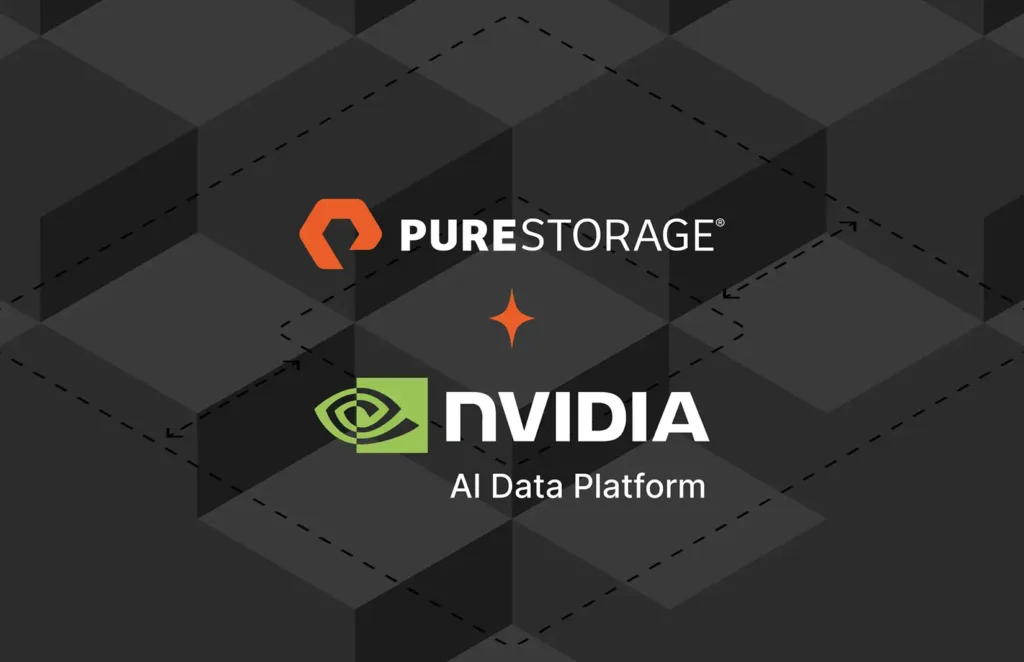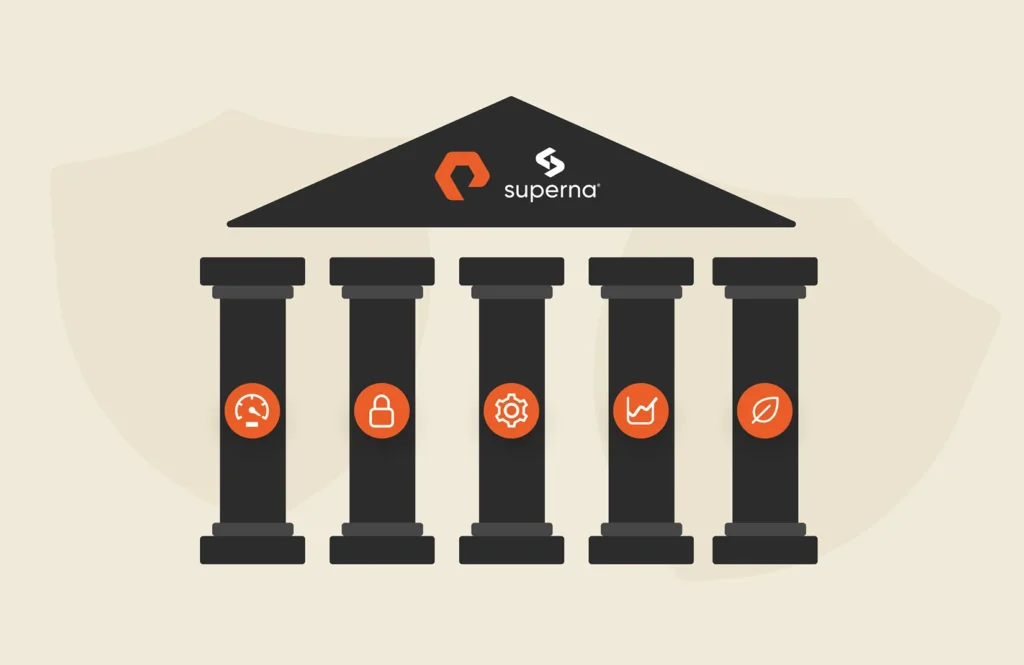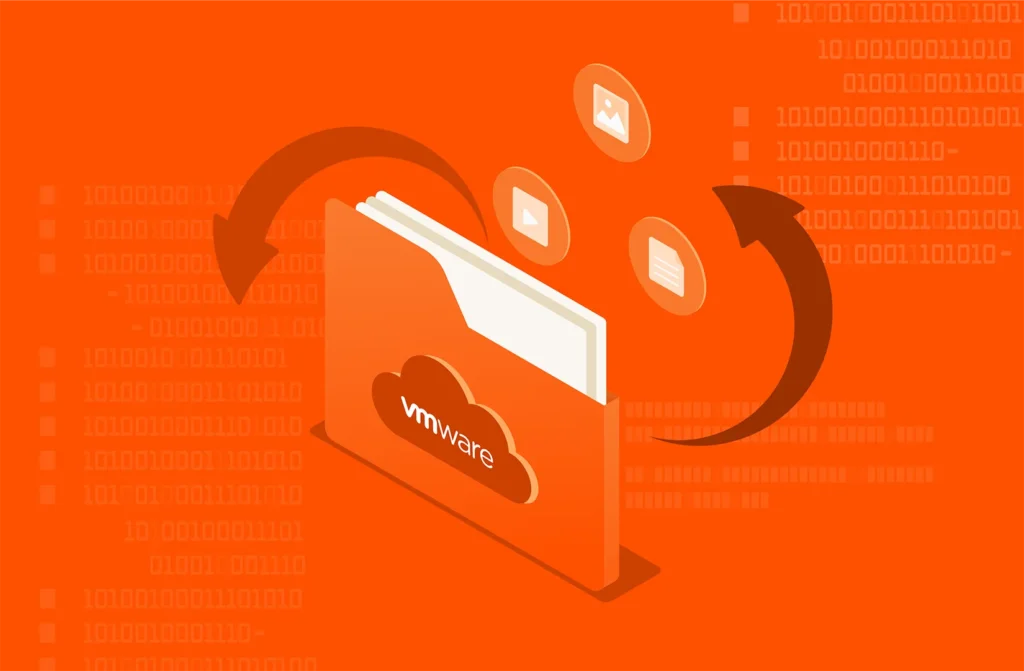Infrastructure and operation (I&O) teams exist to meet the infrastructure delivery demands of their organizations. With many people working remotely, it is now more difficult for these teams to provide the speed, scale, and skillsets their organizations require.
Developers can work remotely to build application workflow and process pipelines. But I&O teams struggle to provision infrastructure on-premises and in hybrid-cloud environments to support on-demand delivery of applications with proper automation, security, and data management.
Opposing interests can exist between I&O leaders and company leadership regarding the workload performance optimization and cost-model flexibility that support end-user preferences.
The public cloud can be part of the solution, but it’s not a natural fit for all workloads. Most enterprises want the flexibility to run in multiple environments. In fact, 57% of enterprises have a strategic vision for hybrid IT¹. Building on the best aspects of public cloud, traditional and hybrid on-premises infrastructure is rapidly shifting toward a cloud-like digital infrastructure with faster provisioning and delivery of hardware and software platforms, resource abstraction, and services. The term cloud does not always refer to public-cloud providers but includes private/global data centers and co-locations built on an OPEX and services model.
Programmable Infrastructure
+ Connected Cloud
= True Hybrid and Multicloud Operations
Modern hybrid-, multicloud, and on-premises digital infrastructures have many design options, but their common underlying principles include:
- Programmable infrastructure
- Connected cloud architecture or offerings with open APIs

Programmable infrastructure enables provisioning with rapid automation using templates that are repeatable within any on-premises and cloud environment. Terraform is one of the most popular automation tools used for cross-cloud provisioning and automation.
As enterprises move beyond a single operating environment, a connected-cloud architecture is quickly evolving. The approach allows global data centers and co-location providers like Equinix® to roll out ubiquitous deployments to meet their customers’ application requirements, ensuring scalability and resiliency through dedicated assets deployed within their global facilities. It’s beneficial to have one cloud where infrastructure and applications can be completely automated. Having many can genuinely change how you manage your application portfolio, compete in your industry, and serve customers.
Equinix Metal™ Enables Enterprise IT
Equinix Metal, the most recent offering from Equinix, integrates with cloud provider control planes like Google Anthos to provide shared and dedicated infrastructure resources. Google Anthos uses Google Kubernetes Engine (GKE) at its core to scale and manage modern and traditional applications as microservices using a distributed framework.
Equinix Metal provides bare metal as a service for SaaS organizations and businesses that require bare-metal infrastructure to run Kubernetes applications. Figure 1 illustrates the layers that build up to provide bare metal as a service. Equinix Metal and Portworx® provide the orange layers and Google Anthos clusters provide the green. The approach makes no assumptions about the application stack being built, giving developers complete control over how they architect and build the applications. The orange and the green layers are automated as programmable infrastructure at various global data-center facilities rolled out by Equinix using Terraform scripts. The entire Anthos GKE and Equinix Metal cluster is configured using a single command.
Portworx®: The Missing Piece to Make Hybrid and Multicloud Real
Kubernetes-native storage and data management are major missing pieces if you want to take advantage of this flexible infrastructure and application management stack. Traditional and VM-optimized storage, data protection, and data management technologies don’t fit the scale and dynamism of Kubernetes environments. To run stateful applications in highly automated and multi- and hybrid-cloud environments like Kubernetes-based Google Anthos, you need scalable, on-demand persistent storage, embedded data security, effortless data protection, and the ability to move entire applications between on-prem and cloud. That’s where Portworx comes in.
Portworx by Pure Storage® is the leading Kubernetes Storage platform, according to GigaOm Research. Portworx provides a software-defined data-services platform that runs in any Kubernetes cluster regardless of whether it’s on-premises, at any public cloud provider, or a combination. Portworx provides built-in high availability, data protection, data security and governance, and hybrid/multi-cloud mobility for Kubernetes applications. From a user experience perspective, the Portworx install process is automated and built into the same Terraform script that configures the Anthos/GKE and Equinix Metal cluster, as shown in Figure 2.

Figure 2: Anthos-Equinix Metal Portworx Stack
Increased Performance for Anthos Workloads
Not only does Portworx enable mobility, security, and data protection for Kubernetes applications across hybrid- and multi-cloud locations, but it’s optimized for databases and enterprise applications that require high performance. Our testing shows that Portworx running on Equinix Metal improves performance by 3x for a representative database running on GKE compared to what you’d see in Google Cloud native. Here’s how we ran the test:
We used the Yahoo! Cloud Serving Benchmark (YCSB) tool to test a MongoDB database on three different infrastructures:
- GKE on Google Cloud Platform without Portworx
- GKE on Google Cloud Platform with Portworx
- GKE on Anthos on Equinix Metal with Portworx
The following highlights the test environment:
- Three worker nodes in all the Kubernetes clusters
- A solid-state device (SSD) used as the persistent storage layer for all test cases
- Run on 10 million records for all six workloads [a-f] in all the tests
Testing of each workload with 2, 4, 8, 16, and 32 threads for scalability. In Figure 3, the grey bar on the right shows that the Anthos/GKE/Equinix Metal/Portworx throughput test results are up to 3x faster than the regular GKE environments across all workloads.
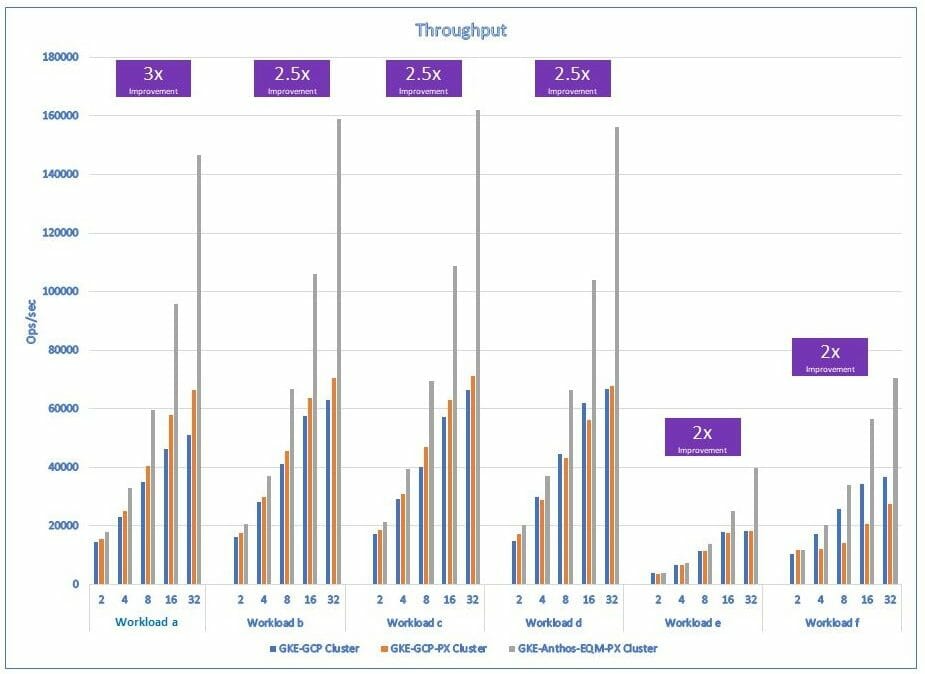
Figure 3
Figure 4 shows the Anthos/GKE/Equinix Metal/Portworx has up to 3x better latency (low grey bar on the) for all the workloads compared to the native GKE test scenarios.
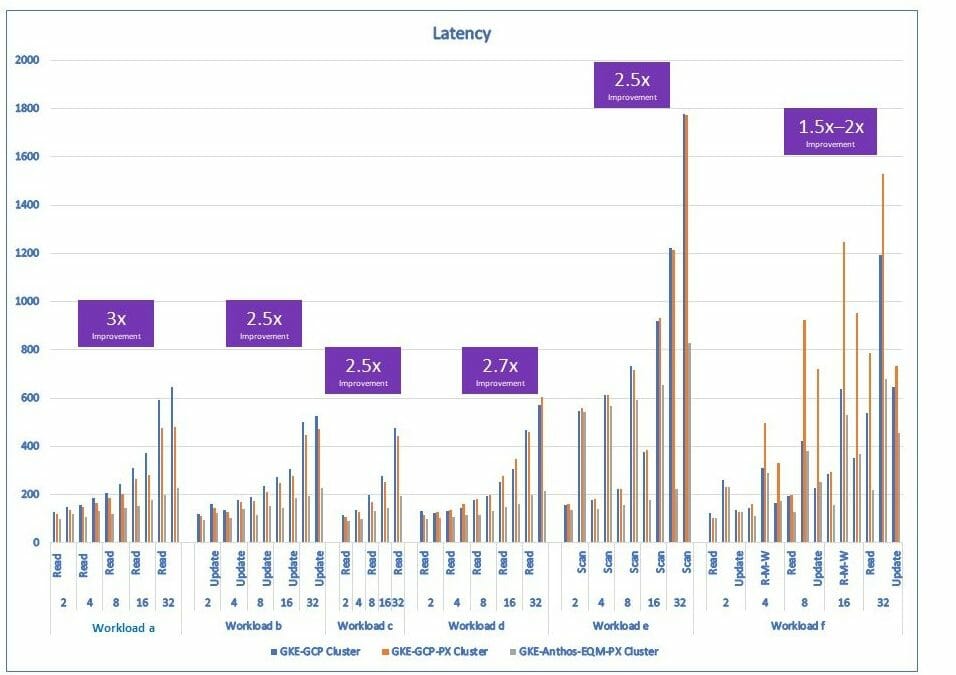
Figure 4
The test result shows that Anthos with Equinix Metal and Portworx exhibits superior performance over native GKE clusters in Google Cloud. The major contributing factors to the improved throughput and latency over other approaches were due primarily to the dedicated bare-metal servers without shared resources or noisy neighbors with dedicated storage and highly optimized Portworx data layer.
Equinix Metal and Portworx will fuel the evolution of digital infrastructure by providing automated operations for apps and infrastructure, true hybrid- and multi-cloud operations, and the Kubernetes storage and data management required for enterprise applications.
With the Anthos on Baremetal via Terraform for Equinix Metal solution, I&O teams can easily set up the programmable infrastructure with an Anthos Kubernetes cluster in a connected cloud environment to take advantage of these transformative technologies.
Watch Digital Bytes: What’s Bare Metal as a Service? with Pure’s Ralph Ronzio

Written By:
Get What You Need
Portworx provides a software-defined data-services platform that runs in any Kubernetes cluster.




